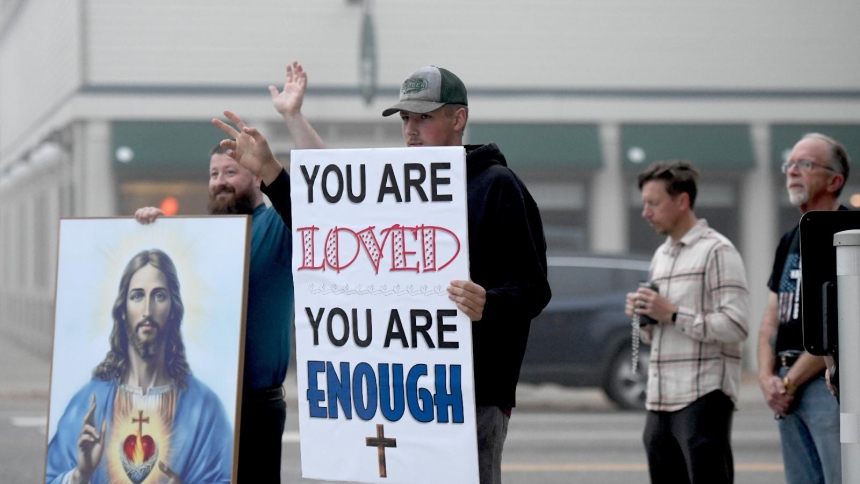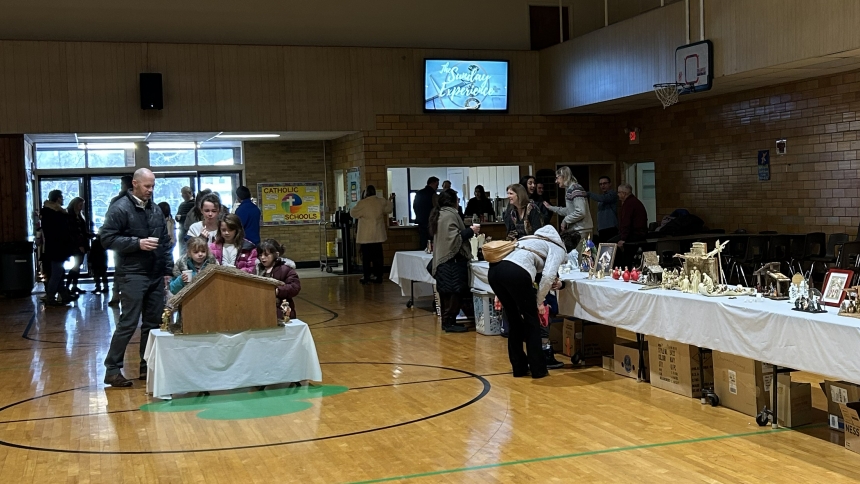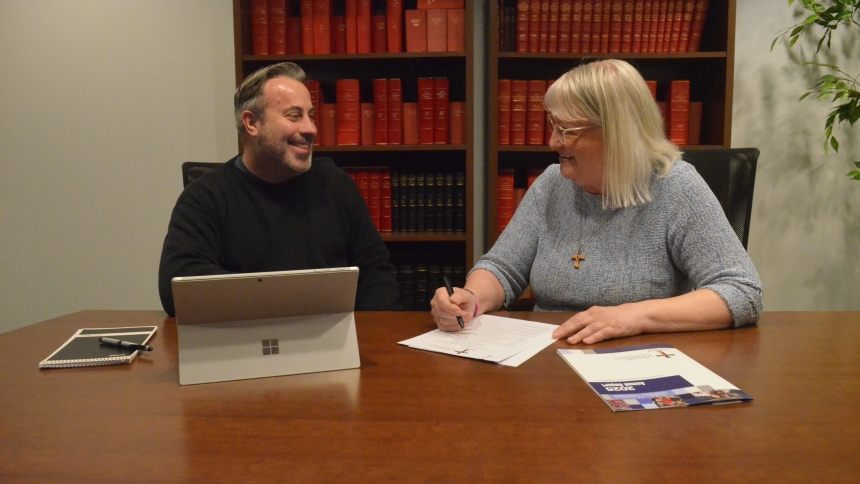
Life wounds all of us. Scars from surgery, old sports injuries, back pain from car accidents, memories of an abusive childhood, emotional neglect from a spouse or children, deep experiences of grief or trauma, those moments when we were ignored, belittled, attacked or marginalized by others -we all carry these deep wounds in our bodies, hearts and spirits.
School years can be especially brutal for those subjected to bullying and scapegoating. So many negative messages communicating that we are bad, unlovable, will never amount to anything, or not important enough, can stifle our self-confidence and kill our spirit.
Maybe because Jesus understands our own brokenness so well that he came back from the dead still bearing the wounds of his crucifixion, the nail holes and the spear gash. You would think that the mighty power that raised Christ from the dead would be able to heal and wipe away such disturbing reminders of his horrible crucifixion, but the wounds stubbornly remain.
Even in the supernatural glory of Easter, Jesus still identified with our human experience, sharing his inner life with us, wounded yet hopeful, human yet holy, bearing the marks of our trauma, but choosing to move towards the light.
In this Sunday’s Gospel, Thomas comes to faith by entering into the wounds of the risen Christ. What a touching yet unnerving scene! In Caravaggio’s artistic depiction of this unique encounter, Jesus is guiding the trembling hand of Thomas into his open side. Thomas’ quaking hesitation is absorbed by the serene love of the Lord who boldly, yet gently, leads him into the vulnerable space of the spear gash.
This profound experience clearly confirms for Thomas that this wounded, mysterious figure before him, indeed, is the same Jesus Christ, resurrected from the dead, whom he had followed, served and loved for three remarkable years. Thomas’ fears, doubts and grief melt away in the tearful relief of knowing that the Lord has never stopped loving him and is once again by his side.
Often times the greatest difficulty in facing our suffering, grief and wounds is acknowledging, like Thomas, that we have come to doubt God’s love and presence in our lives. When we endure profound sorrow, our soul feels abandoned by God; we feel let down. How could God let this happen to us? Like the Apostles on Good Friday, we do not clearly see our way forward. We are wrapped in darkness, feeling alone and unloved.
The only grace that can heal our wounds, resurrect our hearts and restore our spirits is the love of the Sacred Heart of Jesus. The healing I seek can only be fully found in Christ. Time and time again, I have learned that, when I immerse myself in prayer, in the sacraments of the Eucharist and reconciliation, and go out of myself to serve others, I find joy, peace and liberation. For me, these are the only practices that work.
When I enter into the secret recesses of the Sacred Heart and let the Lord hold and love me, I am healed. The holy doors to Jesus’ heart are his wounds. The blood and water that flowed from the pierced side of the crucified Christ symbolizes the flowing torrent of mercy we experience in the sacraments. Thomas entered into the wounds of the Lord, discovered a renewed faith and a healing peace, and ultimately journeyed to India to preach the Gospel, giving his life as a martyr for the One who had never abandoned or ceased loving him.
When we let the Lord heal us, and have arrived at a place of relative peace, we become strongest precisely in those places where we were the weakest and most wounded. God uses our suffering to heal others, accompanying them through their dark nights until they discover the unconditional and palpable love of Jesus Christ themselves. Our compassionate witness rings with authenticity because we have traversed the shadow of death ourselves and have emerged on the other side.
As parents, we can give our children the love which we ourselves perhaps never received. As a supervisor, we can support our employees in ways that our boss never helped us. As children, we can serve and respect our parents even if our own children have rejected our embrace. As a seminary rector, I was able to offer the love and encouragement to the seminarians which I seldom had experienced when I was in the same seminary decades before.
We can break cycles of abuse, neglect, fear and apathy when we discover peace and healing in the Divine Mercy of the Lord. Just because someone hurt us, we do not have to pass that suffering on to another. When we touch Jesus’ wounds, the pain and evil gradually fade away in the flood of love and compassion we have discovered.
In the light of the resurrection, our wounds remain, but have been transformed into sacred spaces where other breaking hearts and tormented souls can enter in and feel safe, understood, accepted and embraced.
Just as Jesus brought Thomas’ finger into his gashed side, we can become ministers of healing and reconciliation when we allow others to enter into the depths of our struggle to believe, love, forgive and hope. In showing our wounds to others, we all find healing in the One who has never abandoned us, even in the darkest of nights.
+ Donald J. Hying


